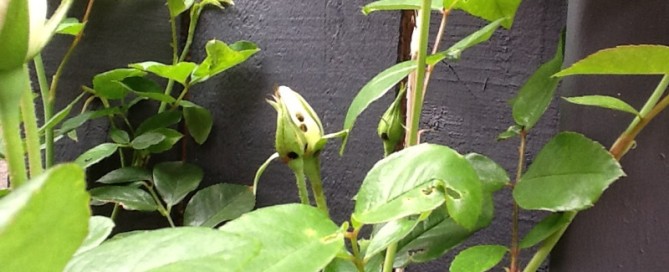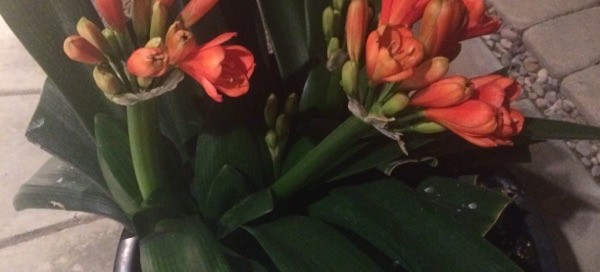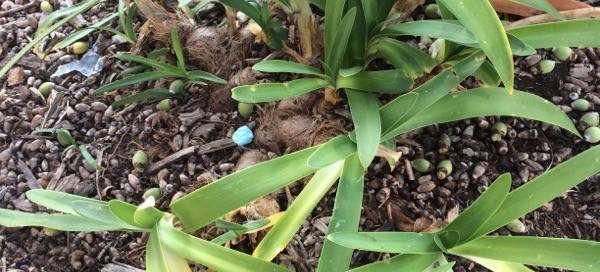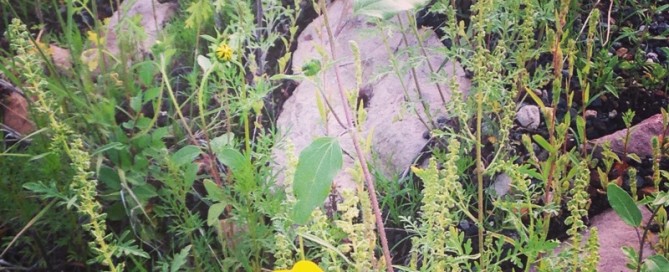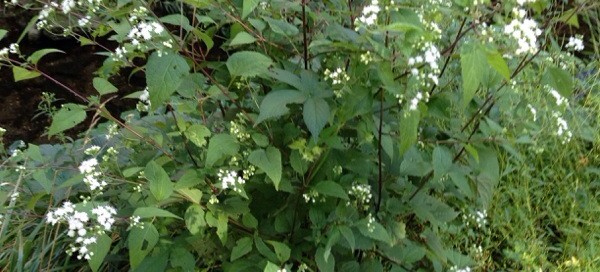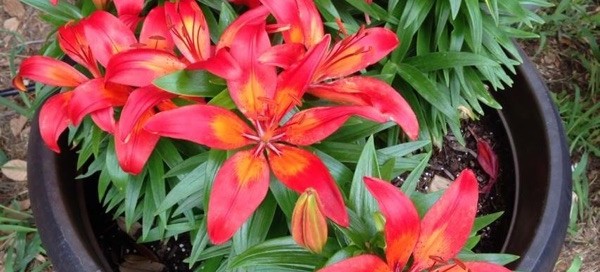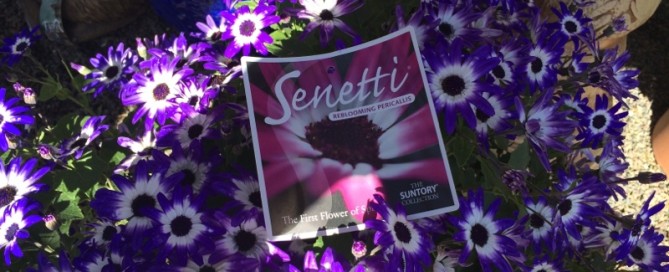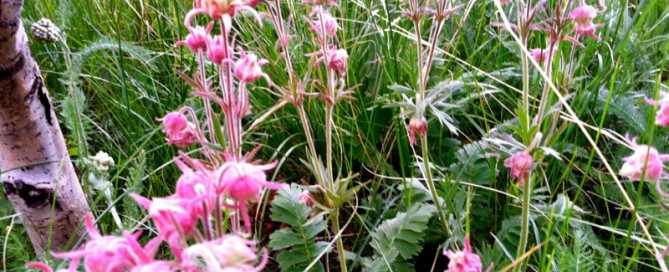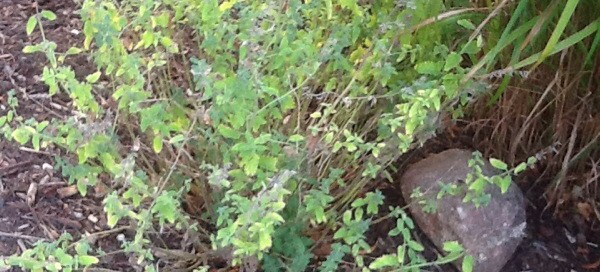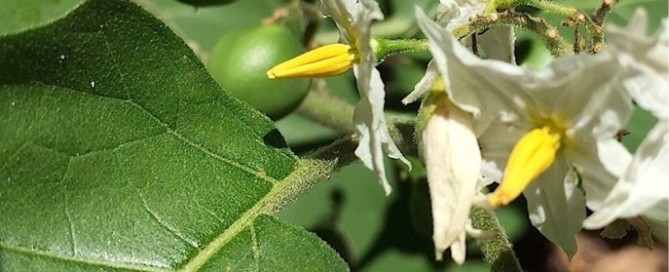Chewing Insect
The problem is likely chewing insects rather than sucking insects. Perhaps some type of beetle or caterpillar?You can spray with an organic control effective against chewing insects such as Bt or Spinosad. Once the leaves and flowers are damaged, they will not recover but try to control future infestation. Bt is a contact insecticide and Spinosad has a 7-10 day residual. Spray Spinosad in the early evening after the bees have returned to their hives. Once the spray has dried on the plant it is safe for beneficials. There are also chemical formulations that are effective controls for roses, but suggest you show your photo or perhaps capture a few in a bottle for a local garden center to confirm their identity and suggest a remedy.
